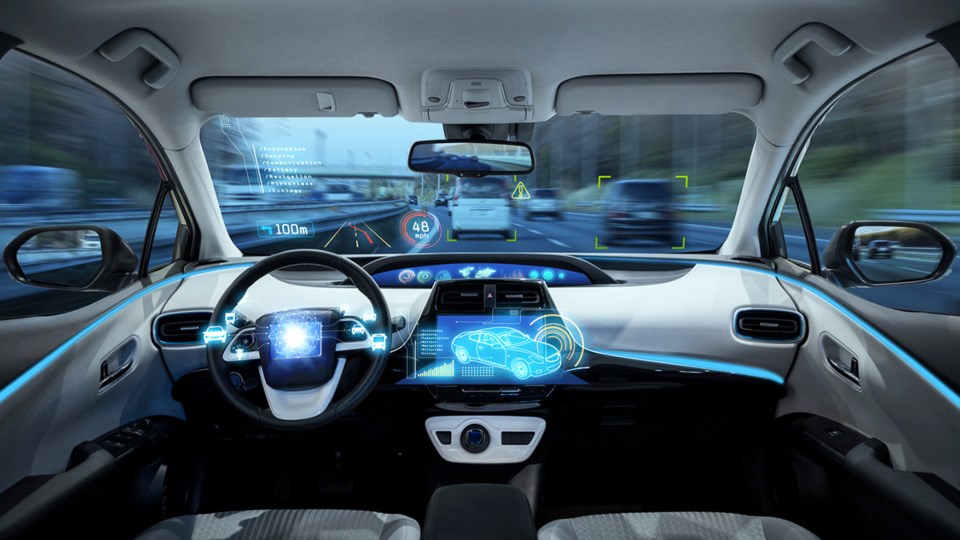The biggest technological revolution of our lifetimes is bearing down on us, and governments across the spectrum best start getting ready for the advent of driverless cars.
Toyota and Tesla will have fully autonomous vehicles on the road by 2022, with all other auto manufacturers following suit by 2025, said lawyer Don Lidstone in a presentation at the Lower Mainland Local Government Association conference in Whistler earlier this month.
The shift promises virtually no deaths due to traffic accidents, drastically reduced commute times and emissions (most models of driverless cars will be electric) — and major implications for municipalities worldwide.
"It will be more transformative than the internet or internal combustion during the next 10 years, and during the next election term of four years, you'll have to deal with it in terms of staffing, finance, infrastructure, IT systems, risk management and viability and bylaws. A lot of big issues there," Lidstone said.
"2022 is your next election (after this fall's local election), and nobody is doing anything about the fact that there are going to be so many of these driverless cars."
According to the University of Michigan and the Massachusetts Institute of Technology, less than half of the people who currently own vehicles will still own one in 12 years, Lidstone said—there won't be any need to.
With driverless cars, commuters will be able to order a ride to their door using a mobile app, and customize their trip with personal music, movies and more.
"The costs of owning versus operating will be dramatic. If you own, it will cost more than twice as much than if you just order a vehicle every time you want a limousine," Lidstone said.
"There will be a massive change in the need for public transit, public transportation, and interconnectivity with driverless vehicles."
And municipalities will have to completely rethink the way they do their planning.
"Right now, if you have engineering and planning, you're dealing with signage, you're dealing with curbs and lanes and signals, traffic intersections, parking. That's all going to change, because none of that is going to be relevant anymore," Lidstone said.
"These cars operate by lidar and radar and cameras ... so the cars talk to each other, but they also have to talk to your infrastructure."
With the technology being used, there's also a need for stronger IT protections.
"What happens when you have 40,000 cars during rush hour and all of a sudden Surrey's system goes down, or Burnaby's system goes down?" Lidstone said.
"This is critical, and so you've got to deal with ransomware and hacking and freezes and all the stuff that each of us deals with when we're trying to put together a word document."
In B.C. and indeed across Canada, governments are mostly unprepared for what's to come, Lidstone said, and they'll need to collaborate to ensure a smooth transition.
"Regulations, we have absolutely nothing ... patchwork isn't going to work," he said.
"You've got to have one set of regulations, bylaws, infrastructure, and computer systems for the municipalities throughout the whole Lower Mainland and Fraser Valley, and all the way up to Whistler and Pemberton, or else you're going to have accidents."
Various levels of governments, from the legislature in Victoria to the Regional Districts, will have to pull together to make the new systems work.
"There won't be any more gas stations, there won't be parkades, and there won't be any on-site parking issues. But the main thing is you have to think ahead," Lidstone said.
"You have to plan. You have to do your five-year financial plan, and you have to do your regional growth strategy and your Official Community Plan, all of a sudden, in the next two years, to deal with what's coming up in the next four years."



